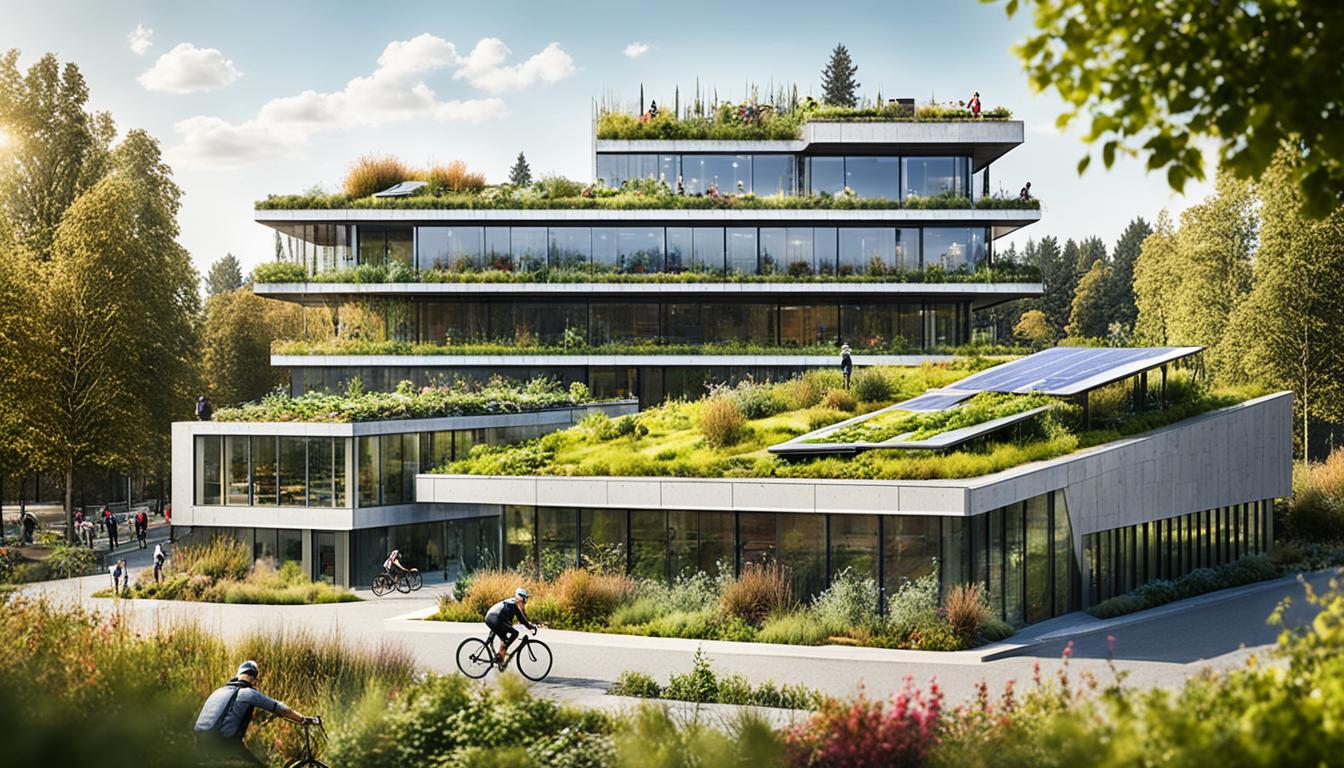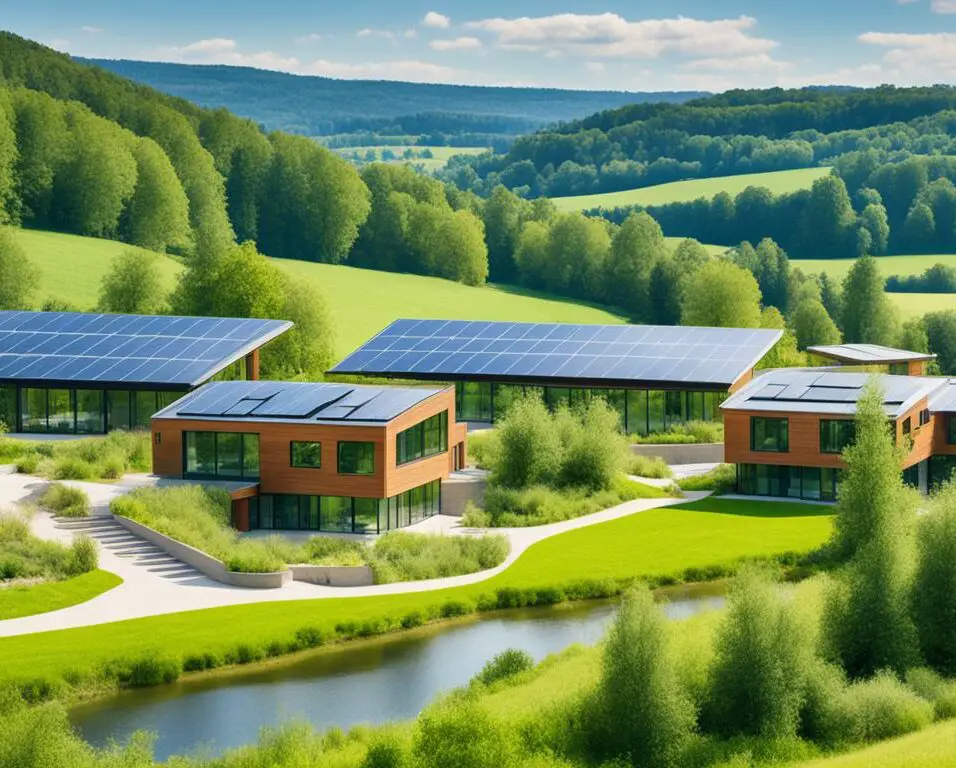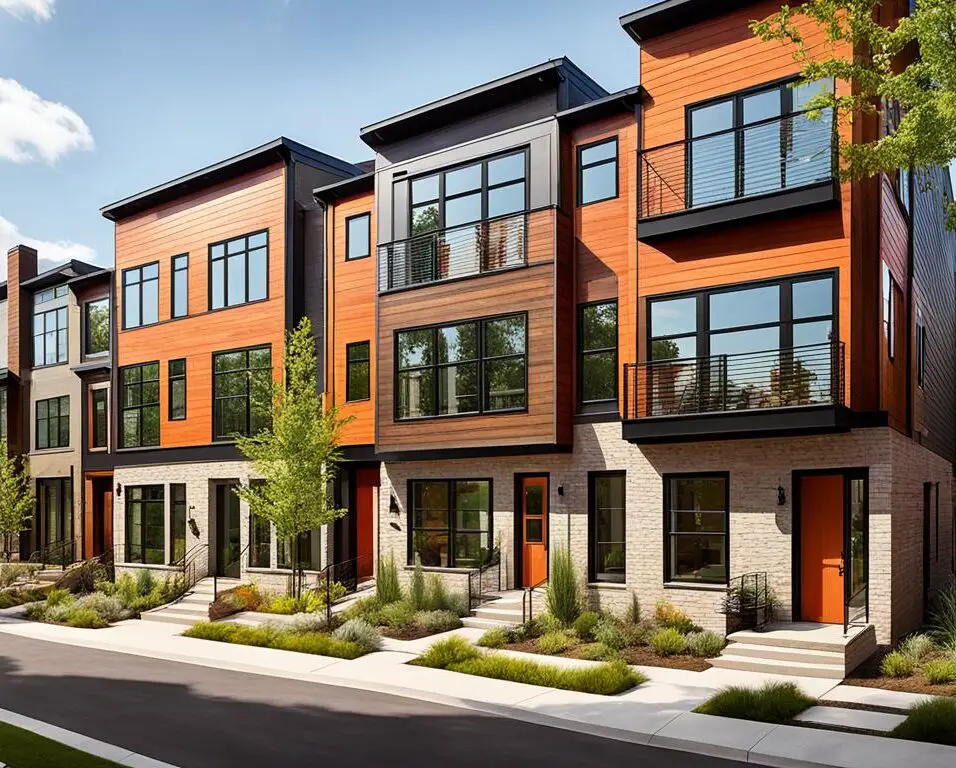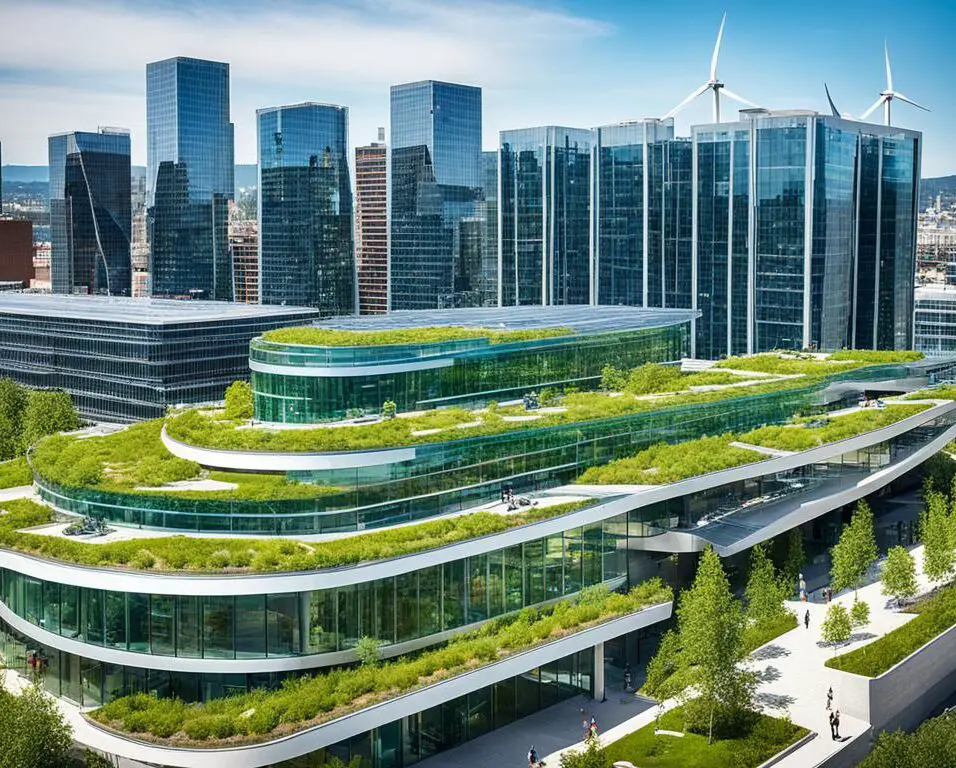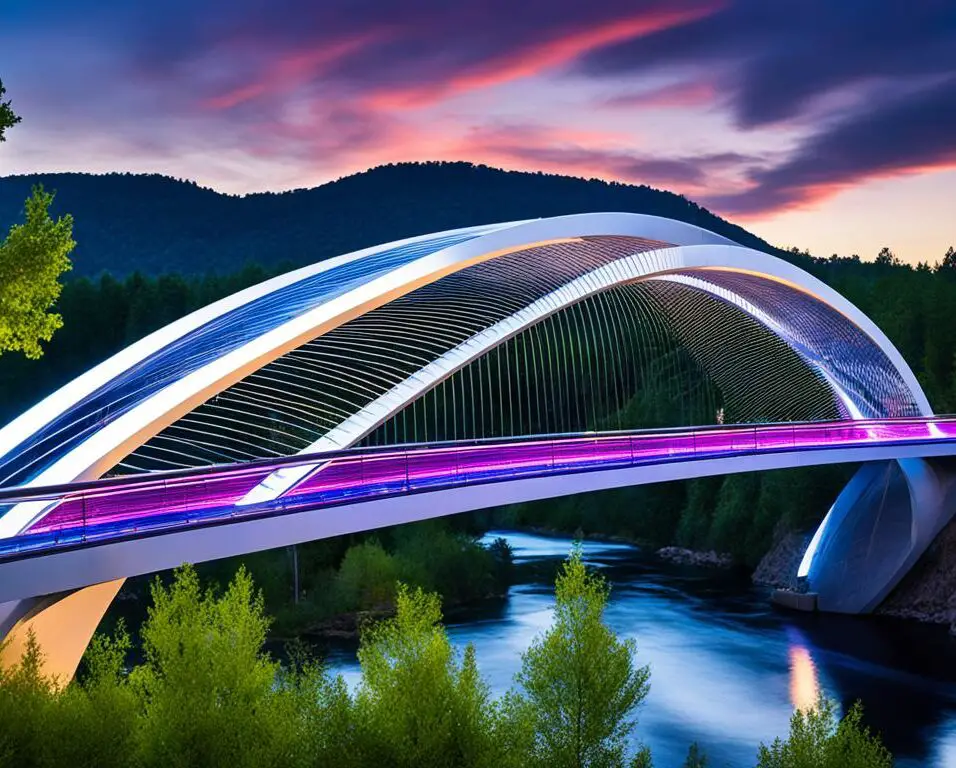Sustainable Architecture Trends Shaping the Future
In today’s world, there is a growing awareness and urgency surrounding the need for sustainable solutions in every aspect of life, including architecture. As we strive to reduce our environmental impact and create a more eco-friendly future, sustainable architecture has emerged as a key trend. This innovative approach to design encompasses a range of practices and principles that prioritize energy efficiency, waste reduction, and the use of renewable resources.
One of the main driving forces behind the rise of sustainable architecture is the desire to minimize the negative impact of buildings on the environment. By incorporating green building techniques and eco-friendly materials, architects and designers can create spaces that are not only aesthetically pleasing but also environmentally responsible.
There are several key trends that are shaping the future of sustainable architecture. From the integration of renewable energy systems to the use of passive design techniques, these trends are revolutionizing the way we think about building design. By embracing these trends, architects and designers are not only reducing the carbon footprint of buildings but also improving the quality of life for those who inhabit them.
Key Takeaways:
- Sustainable architecture prioritizes energy efficiency, waste reduction, and the use of renewable resources.
- Green building techniques and eco-friendly materials are key components of sustainable architecture.
- Integration of renewable energy systems and passive design techniques are emerging trends in sustainable architecture.
- Sustainable architecture improves the quality of life for building occupants and reduces the carbon footprint of buildings.
- The future of sustainable architecture is bright, with continuous advancements and breakthroughs on the horizon.
Benefits of Sustainable Architecture
Sustainable architecture offers numerous benefits, both for the environment and for individuals living or working in these buildings.
From an environmental perspective, sustainable architecture reduces energy consumption, minimizes waste generation, and promotes the use of renewable resources. By adopting eco-friendly design practices, these buildings contribute to a healthier planet and a more sustainable future.
Green buildings often have improved indoor air quality, thanks to effective ventilation systems and the use of non-toxic materials. Clean air is essential for the well-being and productivity of occupants, reducing the risk of respiratory issues and promoting a comfortable environment.
Moreover, sustainable architecture plays a crucial role in mitigating climate change. By reducing greenhouse gas emissions through energy-efficient design and the integration of renewable energy sources, these buildings contribute to global efforts in creating a low-carbon economy.
Another significant advantage of sustainable architecture is long-term cost savings. By reducing energy and water consumption, as well as maintenance and operation expenses, these buildings can result in substantial financial benefits over time.

In summary, sustainable architecture combines environmental consciousness with practical benefits. It not only reduces our ecological footprint but also enhances the well-being of individuals while offering long-term financial advantages.
Emerging Sustainable Architecture Trends
The field of sustainable architecture is constantly evolving, with new trends and technologies emerging to further enhance eco-friendly design. These emerging trends are shaping the future of sustainable architecture, offering innovative solutions that prioritize environmental conservation and sustainable practices.
Passive Design Techniques:
One trend that is gaining significant attention is the use of passive design techniques. These techniques leverage natural resources such as sunlight, natural ventilation, and shading to reduce the need for mechanical systems and minimize energy consumption. By incorporating passive design principles, architects can create buildings that are highly energy-efficient and have a reduced carbon footprint.
Integration of Renewable Energy Systems:
Another emerging trend in sustainable architecture is the integration of renewable energy systems. This involves incorporating technologies such as solar panels, wind turbines, and geothermal heating and cooling systems into building designs. By generating clean energy on-site, these systems help reduce reliance on fossil fuels and significantly lower greenhouse gas emissions. This trend is not only environmentally beneficial but also economically viable in the long run, as it can reduce energy costs for building owners.
Sustainable Building Materials:
Building materials play a crucial role in sustainable architecture, and there is a growing emphasis on using sustainable and locally sourced materials. This trend focuses on selecting materials that have a lower environmental impact while still meeting structural requirements. By opting for materials such as reclaimed wood, recycled steel, and low carbon concrete, architects can contribute to reducing embodied carbon in buildings and promote a circular economy.
Water Conservation:
Water conservation is another important trend in sustainable architecture. With increasing global water scarcity, architects are implementing efficient fixtures and rainwater harvesting systems to reduce water consumption in buildings. These strategies help conserve water resources while also lowering operating costs for building owners.
Biophilic Design:
The concept of biophilic design is gaining traction in sustainable architecture. Biophilic design aims to create connections with nature by incorporating natural elements, such as plants, natural light, and access to green spaces, into building designs. Studies have shown that biophilic design improves well-being, productivity, and overall satisfaction among building occupants. By integrating nature into architectural spaces, biophilic design promotes a harmonious relationship between humans and the environment.
As the demand for sustainable architecture continues to grow, these emerging trends provide architects and designers with valuable tools and strategies to create environmentally conscious and socially responsible buildings. By embracing these trends, the industry can contribute to a greener future while simultaneously meeting the needs and aspirations of the present generation.
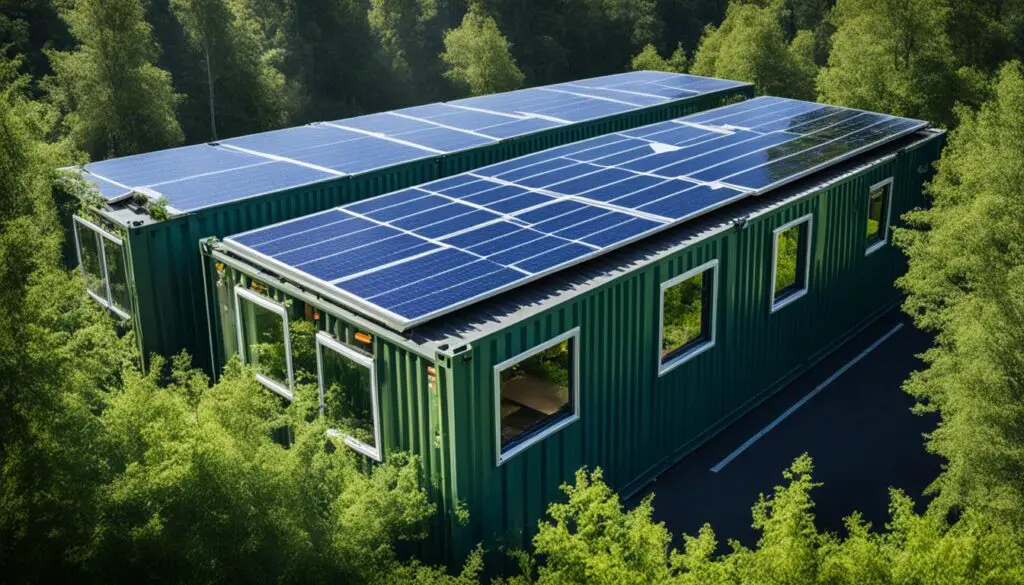
| Trend | Description |
|---|---|
| Passive Design Techniques | Utilizes natural lighting, ventilation, and shading to reduce energy consumption. |
| Integration of Renewable Energy Systems | Incorporates technologies like solar panels and geothermal heating to generate clean energy on-site. |
| Sustainable Building Materials | Focuses on using eco-friendly and locally sourced materials to reduce environmental impact. |
| Water Conservation | Implements efficient fixtures and rainwater harvesting systems to minimize water consumption. |
| Biophilic Design | Incorporates natural elements to enhance well-being and connection to nature. |
Conclusion
Sustainable architecture is at the forefront of driving innovation and promoting eco-friendly design in the construction industry. Not only does it benefit the environment by reducing energy consumption and waste generation, but it also offers tangible advantages for individuals and society as a whole.
The continuous growth and improvement in the field of sustainable architecture is evident through the success of companies like Local Bounti. Their commitment to sustainable practices and the implementation of innovative technologies, such as Stack & Flow Technology®, have resulted in significant increases in production and efficiency.
Looking ahead, emerging trends in sustainable architecture will play a crucial role in shaping the future of the industry. Passive design techniques, renewable energy systems, and biophilic design are just a few examples of the innovative approaches that are gaining traction. These trends not only enhance sustainability but also contribute to better health, well-being, and productivity.
As society’s awareness and appreciation for sustainable practices continue to grow, so does the demand for sustainable architecture. This increasing demand will drive further advancements and breakthroughs in the field, leading to a future where sustainable architecture becomes the norm rather than the exception.



